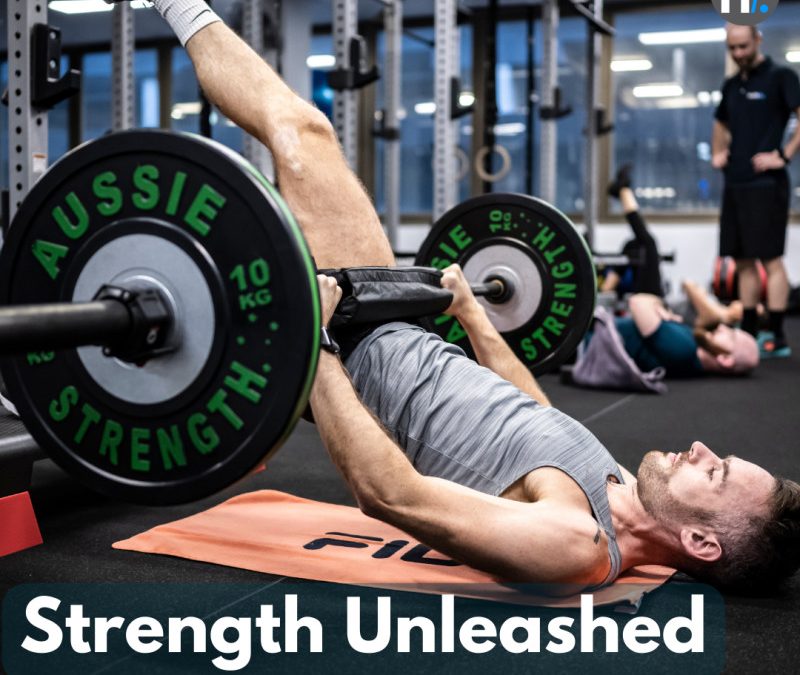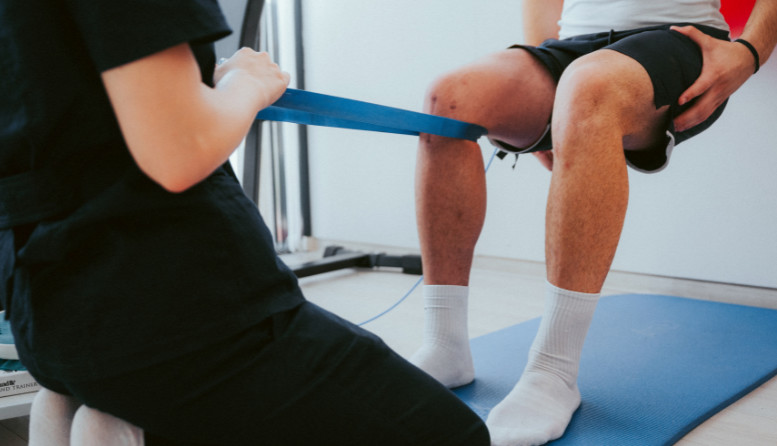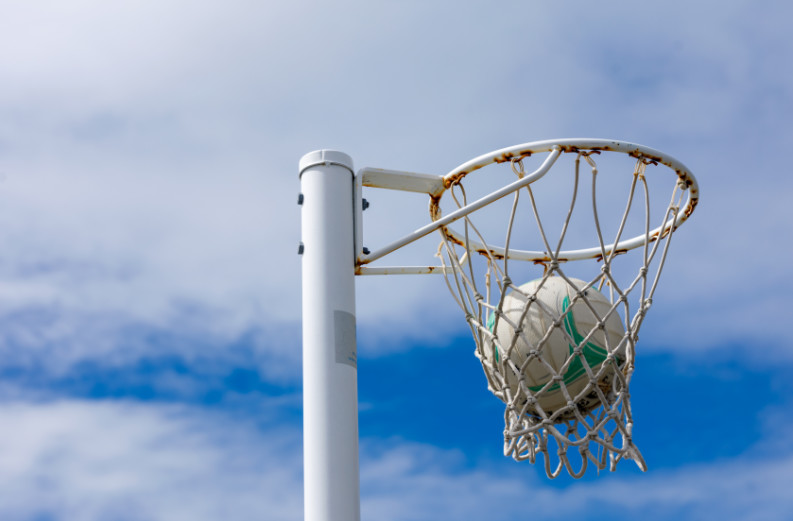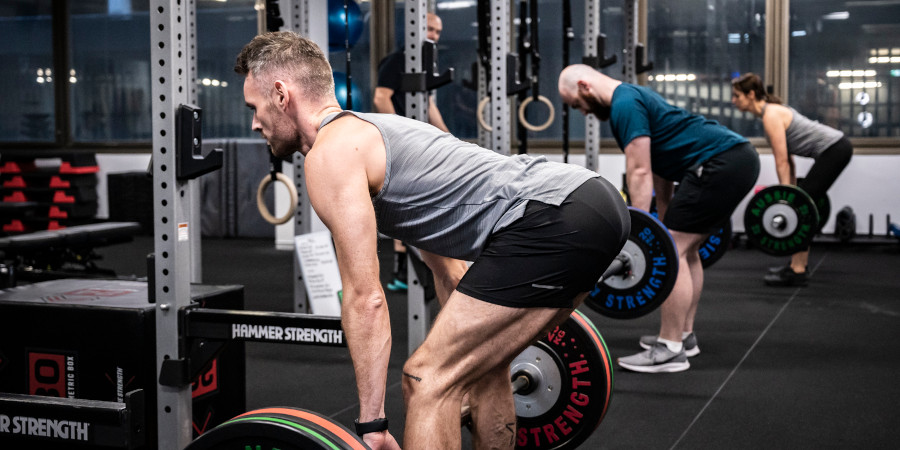
by Ash Cooney | Latest News
In the ever-evolving landscape of health and fitness down under, one trend is poised to dominate in 2024 like never before – the explosive surge in strength training. Over the past decade, it’s quietly been transforming lives, and now, it’s set to take...

by Ash Cooney | Conditions, Physiotherapy
Living in a sports-loving nation like Australia, it’s no surprise that many individuals, both athletes and non-athletes, turn to sports as a means of recovery after surgery. However, successful rehabilitation requires a proactive and preventative approach,...

by Ash Cooney | Latest News
Netball is a fast-paced and popular team sport that requires high levels of agility, speed, and endurance. While the sport comes with inherent risks, research suggests that proper preparation and training can significantly reduce the risk of injury. In this article,...

by Ash Cooney | About Healthfix, Personal Training
Building Strength and Conditioning: A Guide to Achieving Your Fitness Goals in North Sydney Strength and conditioning is a training approach that involves a combination of training modalities to improve strength, power, speed, and overall physical performance. This...





